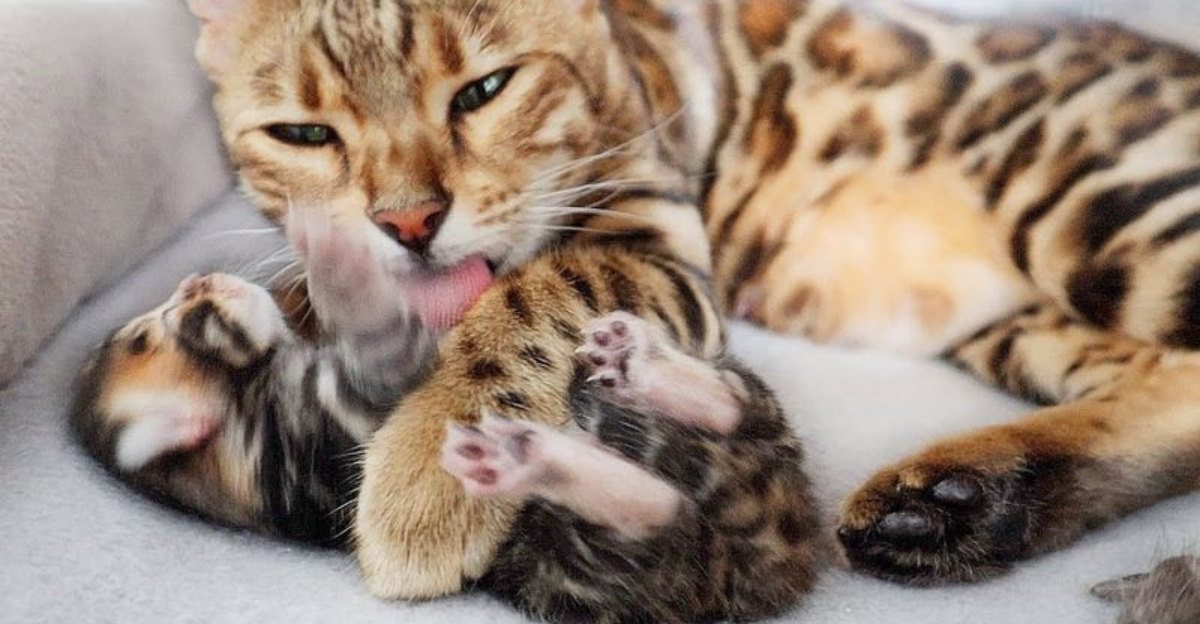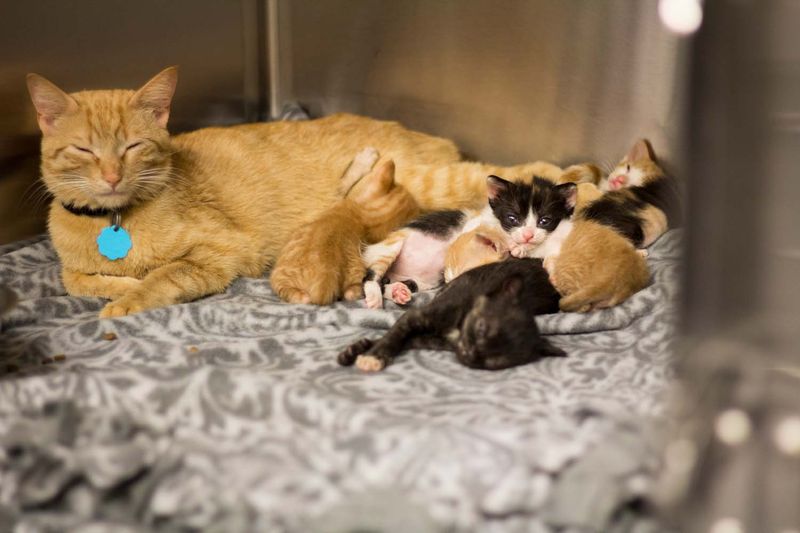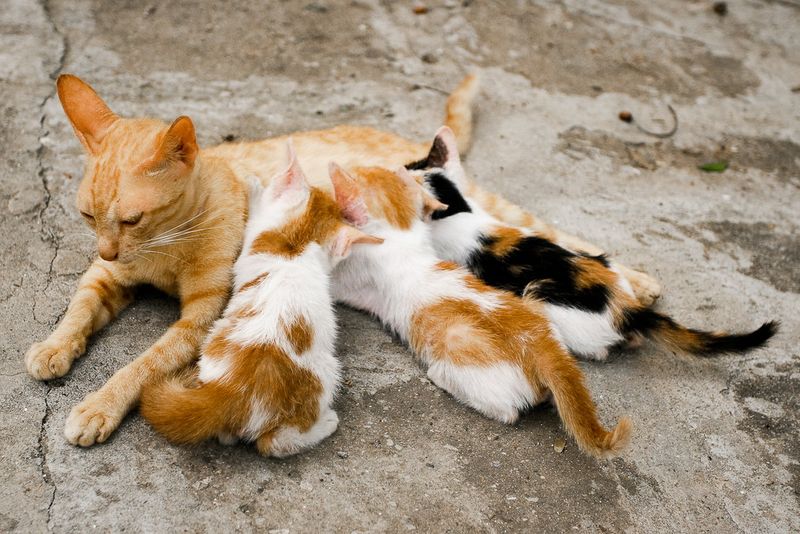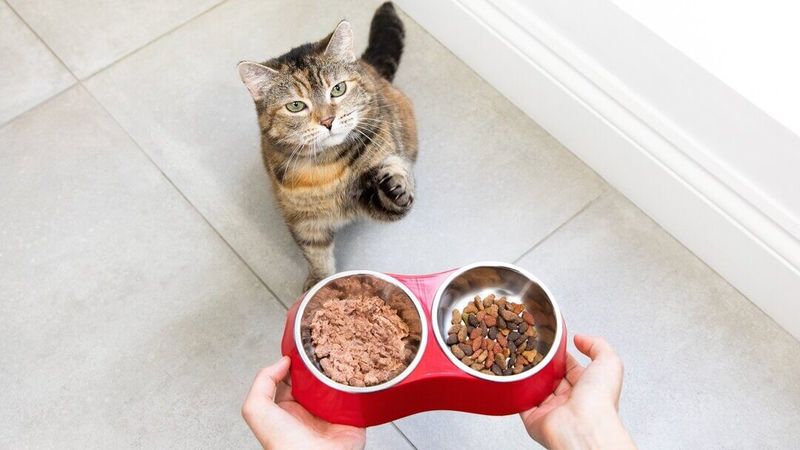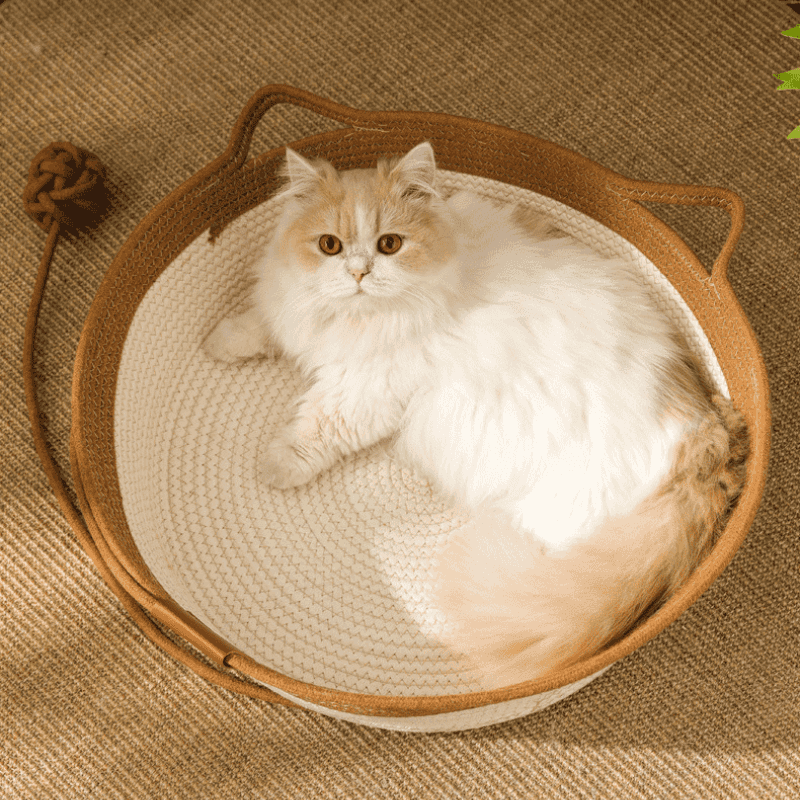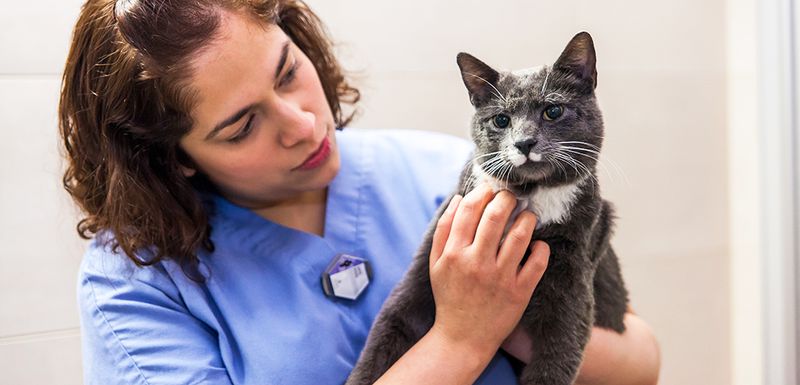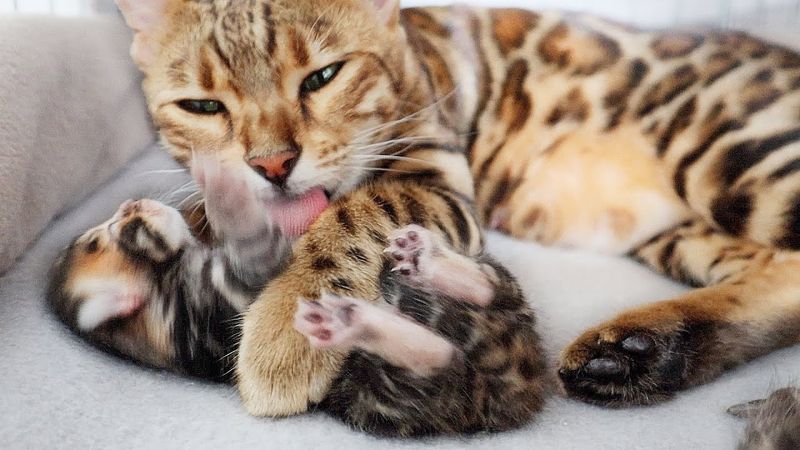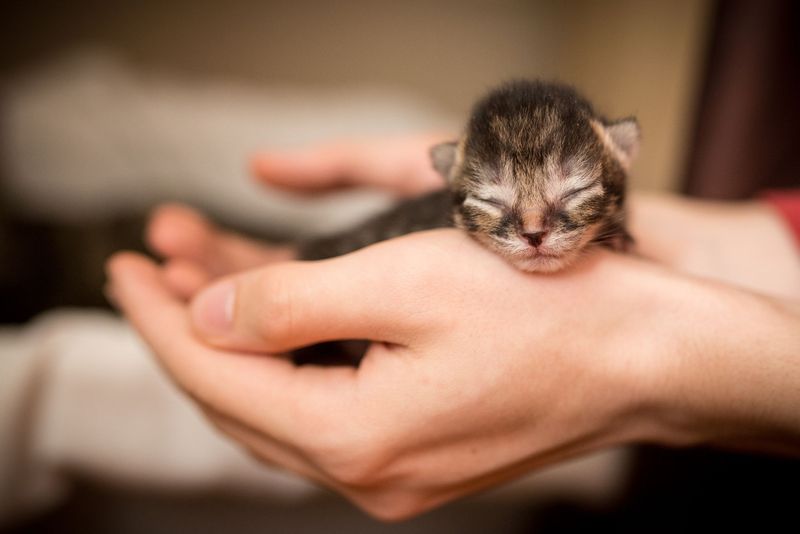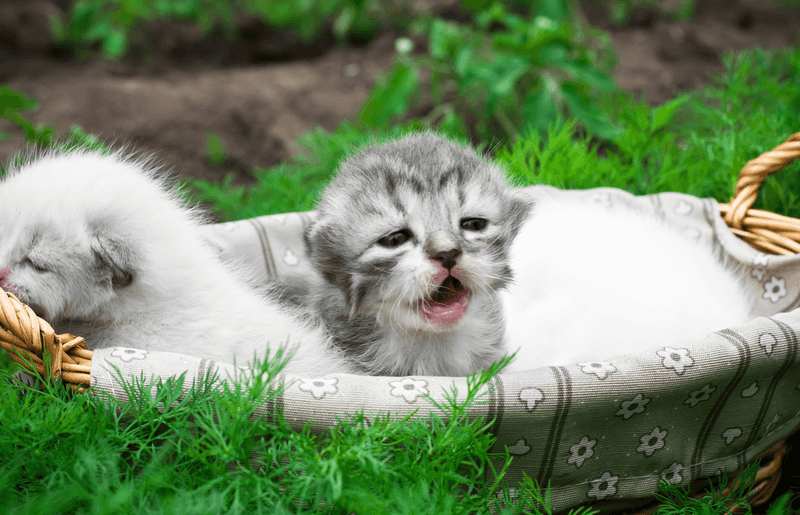📖 Table of Content:
After the excitement of birth comes a critical period of postpartum care that ensures both the queen and her kittens remain healthy and thriving. Understanding what this phase requires can make a profound difference in the wellbeing of the entire feline family.
Postpartum care isn’t just about making sure the kittens are fed; it’s about creating a supportive environment where the mother cat feels secure and capable of tending to her young. From nutrition and hygiene to recognizing early signs of trouble, attentive care can prevent common complications and foster stronger development in the kittens. New cat owners and seasoned caretakers alike can benefit from a clear guide to this delicate stage.
In this article, we’ll explore eight essential postpartum care practices that will help you provide the best possible support. Each tip is designed to give you practical, easy-to-implement advice to make this tender period as smooth and safe as possible. Let’s dive into the core steps you’ll need to ensure your cat and her newborns thrive.
1. Create a Warm, Quiet Nesting Area
Setting up a calm, cozy space is one of the most important steps after a cat gives birth. The nesting area should be located away from foot traffic, loud noises, and other pets to minimize stress. Warmth is critical, as newborn kittens cannot regulate their body temperature for the first few weeks. Use soft blankets or towels to line the box, and consider a low-heat heating pad placed under one side of the box (not directly inside) for added warmth. Privacy is key—your cat will feel more secure if she can hide away without constant disturbances. Make sure the space is easy to access for gentle monitoring but leave the mother cat as undisturbed as possible. A good nesting setup creates the foundation for healthy, confident kittens.
2. Monitor Nursing and Kitten Feeding
Watching how the kittens nurse can tell you a lot about their health and their mother’s well-being. Nursing usually starts within the first hour or two after birth, and it’s crucial for the kittens to receive colostrum, the first milk rich in antibodies. Look for rhythmic suckling motions and check that each kitten seems content and is gaining weight steadily. If a kitten appears weak or is pushed aside by stronger siblings, you may need to intervene carefully or seek veterinary help. Sometimes, supplementing with kitten milk replacer becomes necessary, but this should only happen with professional guidance. Remember that frequent nursing sessions are normal—kittens feed approximately every two hours at first. Keeping an eye on feeding patterns helps catch potential problems early.
3. Keep the Queen Well-Fed and Hydrated
Ensuring that your mother cat has access to ample, nutritious food is vital for her health and milk production. Switch her diet to high-quality kitten food, which is more calorie-dense and enriched with essential nutrients. Always keep fresh, clean water available, and consider offering small, frequent meals to support her increased energy needs. Nursing can dehydrate a cat quickly, so wet food can be an excellent addition to her diet. If she seems uninterested in eating, try gently warming the food to make it more aromatic and appealing. Pay attention to her overall condition: a glossy coat, bright eyes, and consistent eating habits are good signs. A well-nourished queen will have the strength to care for her kittens properly.
4. Maintain Hygiene in the Nest
Hygiene is paramount in a nesting area. Regularly replacing soiled bedding keeps infections at bay, ensuring a clean environment for the mother and her kittens. Care should be taken to use unscented cleaners nearby, respecting the sensitivities of the mother cat. The pristine setting speaks of the care given to this family, a testament to the commitment to their health. This vigilance against contaminants protects the young kittens’ delicate systems and provides the mother with peace of mind, knowing her space is safe.
5. Observe for Signs of Health Issues
Paying close attention to small changes can alert you to serious problems before they escalate. Watch the mother cat for signs like excessive lethargy, refusal to eat, or unusual discharge, as these could indicate postpartum complications. Kittens that are not gaining weight, constantly crying, or failing to nurse properly should also raise immediate concerns. Checking each kitten’s weight daily (using a small kitchen scale) can provide important clues to their health. Fever, foul smells, and swelling in the queen’s mammary glands warrant an urgent vet visit. Never assume that “nature will take its course”—prompt intervention often saves lives. Early detection of health issues greatly increases the chances of successful treatment. Trust your instincts if something doesn’t seem right.
6. Allow Natural Grooming and Bonding
Respecting the natural instincts of the mother cat is vital during the early postpartum days. Grooming stimulates kitten circulation and digestion, which are crucial to survival in the first weeks. Interfering too much with this natural process can stress the queen and hinder kitten development. Only intervene if you notice that a kitten is being neglected, is overly soiled, or appears dehydrated. Most mother cats are highly attentive and should be allowed to nurture their young without excessive human involvement. Watch quietly from a distance to ensure everything is progressing normally. If intervention is necessary, be as gentle and minimal as possible. Supporting the mother’s instincts strengthens the entire litter’s chance for a strong start.
7. Limit Human Interaction Initially
Minimizing physical contact with newborn kittens during the first two weeks is important for their safety. Kittens are extremely fragile at birth, and unnecessary handling can cause stress or injury. Moreover, the mother cat may become anxious if she perceives that her young are being threatened. Allow her to establish a strong bond with her babies before gradually introducing short, gentle sessions of human touch. Use clean hands if handling is absolutely necessary, and keep sessions brief and low-stress. As the kittens grow, slowly increase their exposure to handling to aid in socialization. Timing and sensitivity are key during these early stages. A cautious approach fosters trust between you, the mother cat, and her kittens.
8. Schedule a Veterinary Check-up
Booking a vet visit within the first week after birth is a smart and caring move. A professional examination can detect any hidden postpartum complications in the mother cat, such as retained placenta or uterine infections. The kittens, too, benefit from an early check-up to ensure they are developing properly and are free from congenital issues. Be sure to transport the family carefully, using a cozy, secure carrier lined with a towel. Discuss future plans for vaccinations, deworming, and spaying/neutering with your veterinarian at this visit. Your vet can also advise you on any concerns about feeding, weight gain, or maternal behavior. A proactive approach to veterinary care builds a healthier future for both the queen and her kittens.
